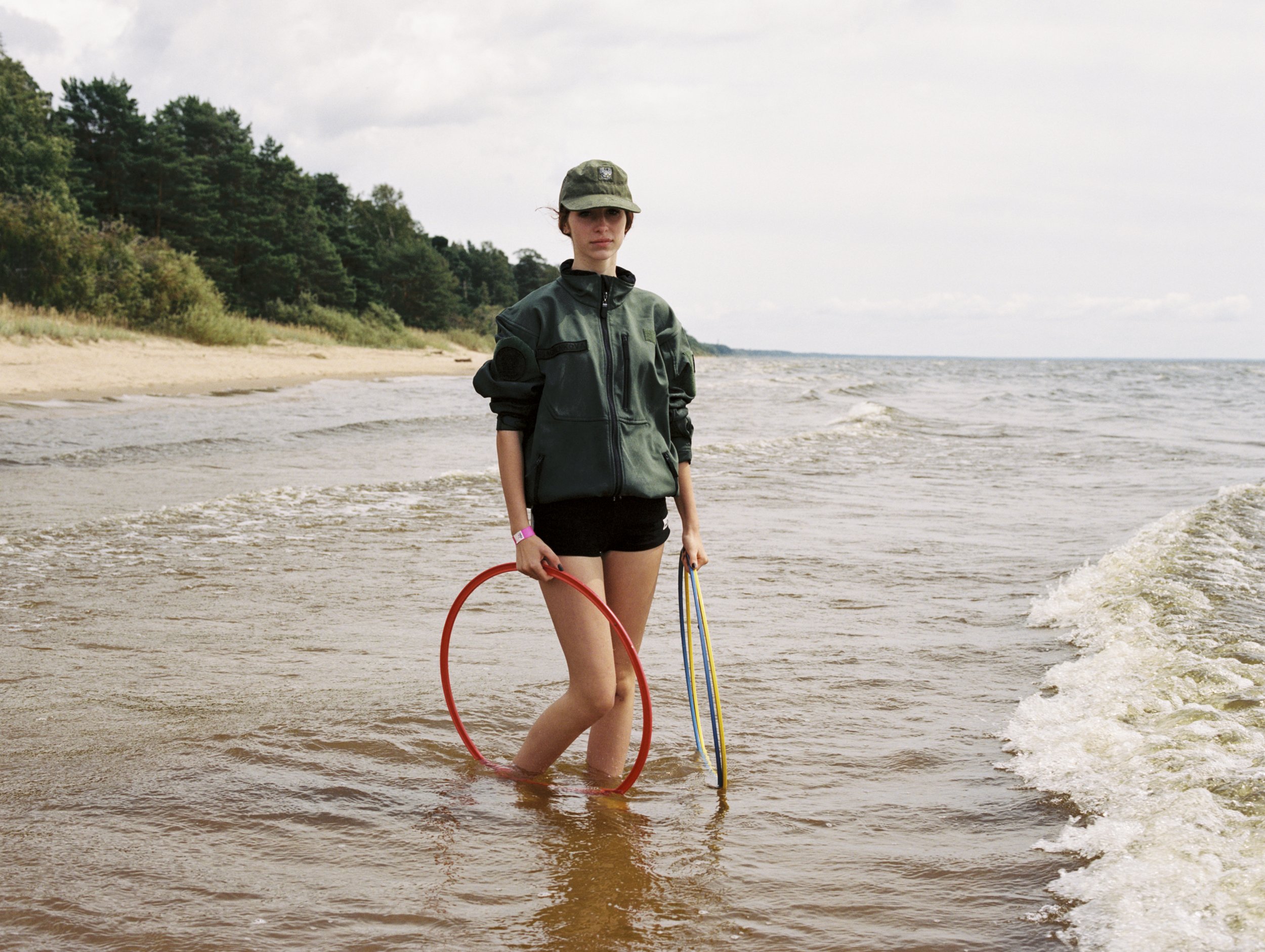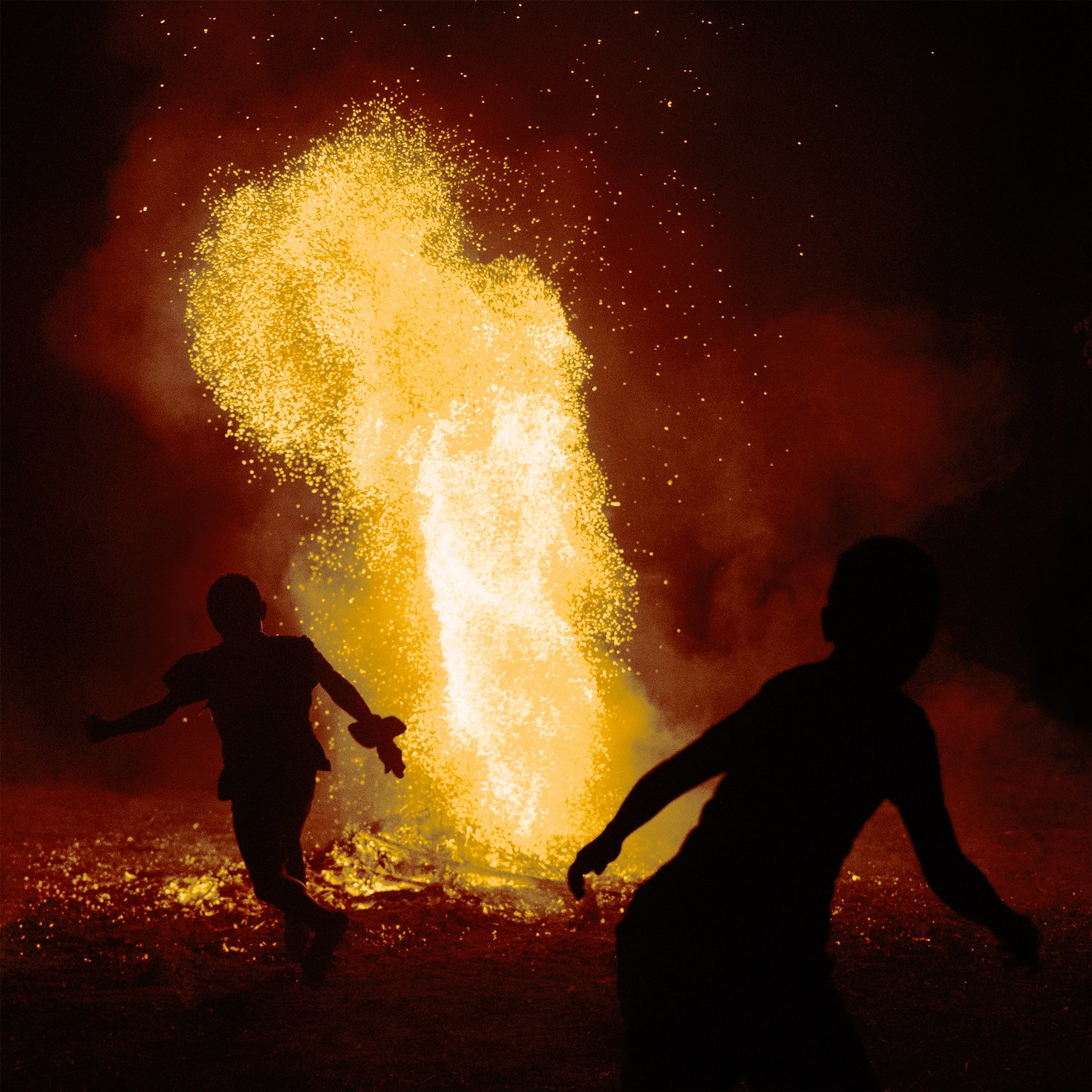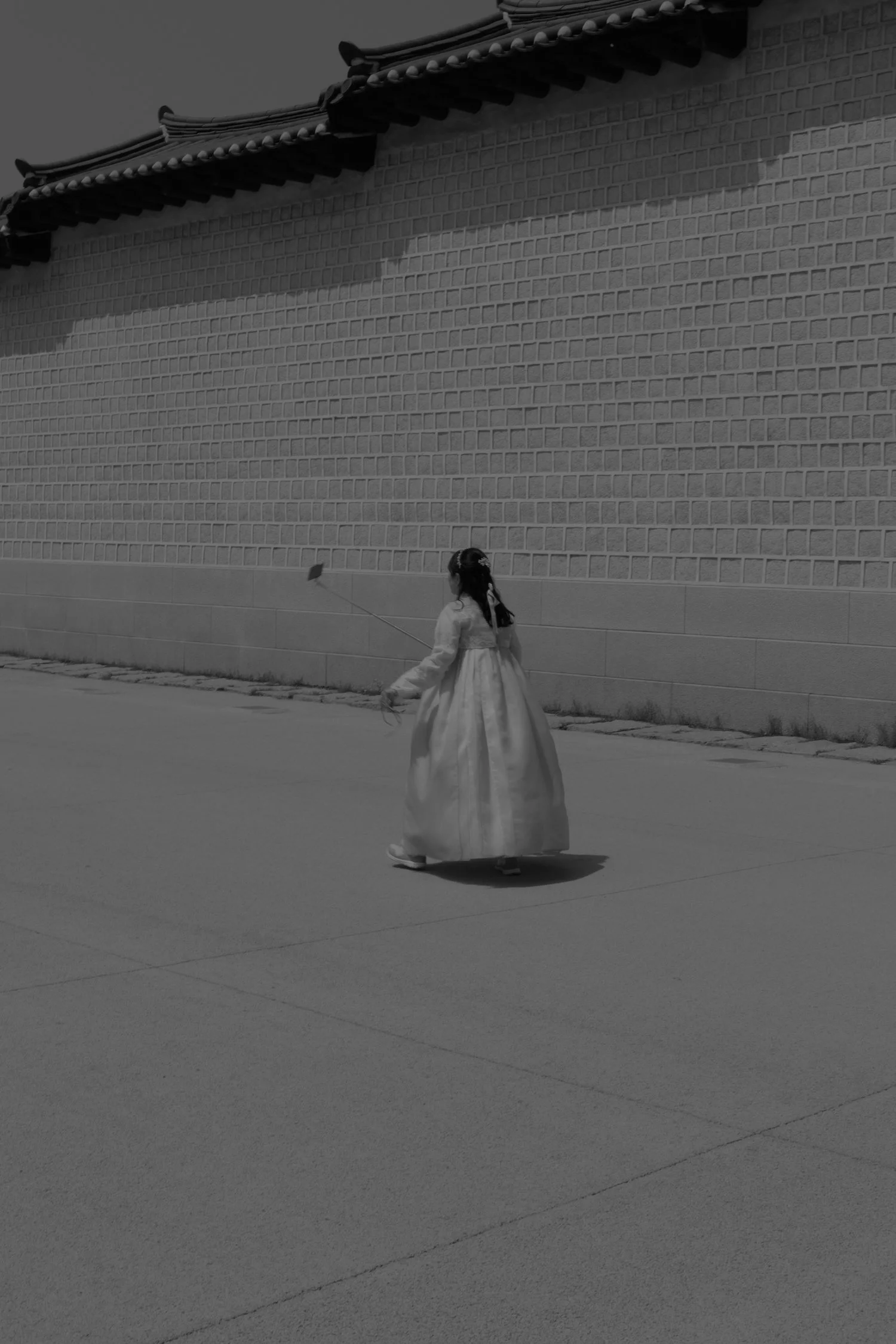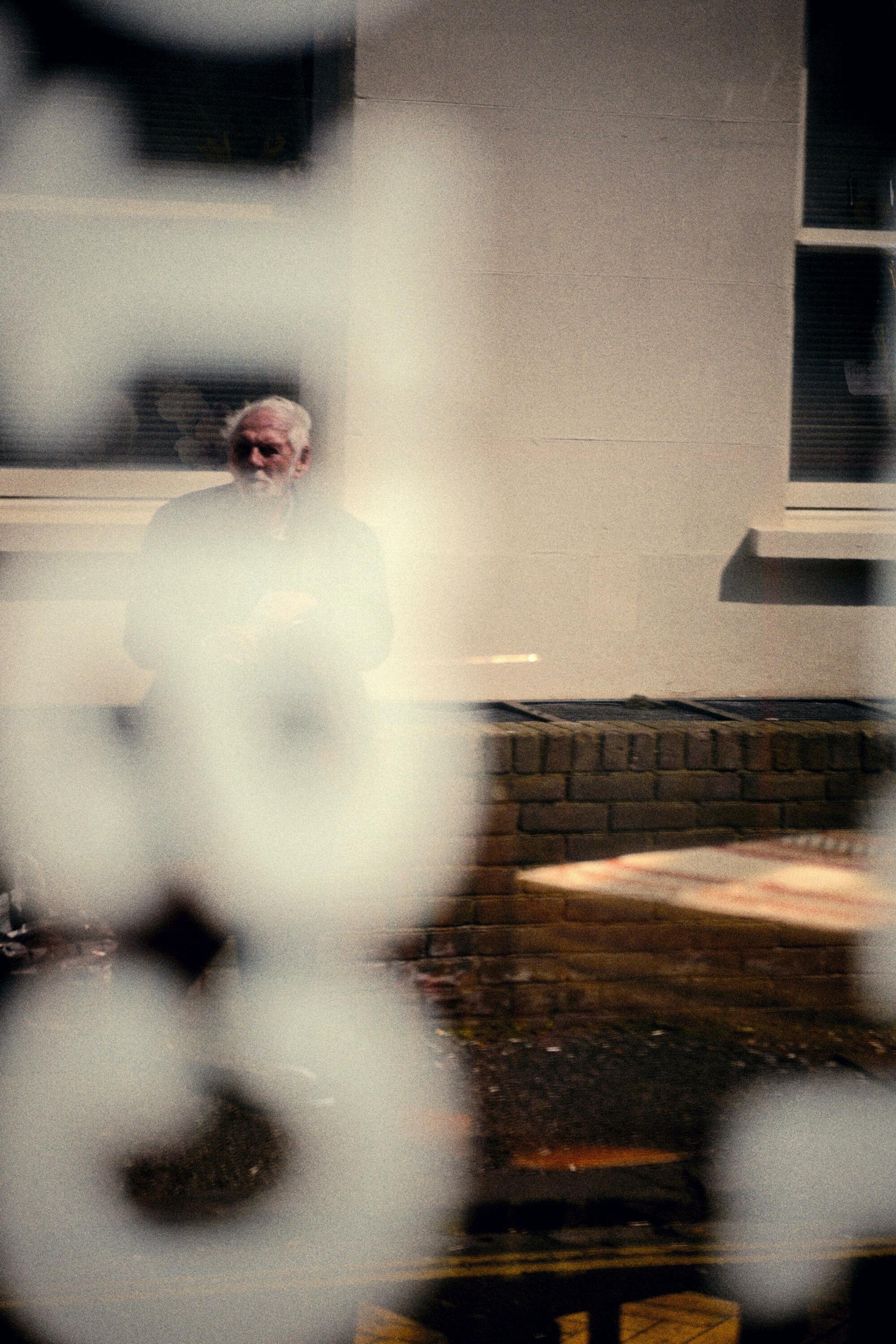Desert Roses For Sale
Shattered hope, corruption and a decline in tourism – German photographer Miriam Stanke captures how Tunisia has changed since the revolution in 2011 and how its people are living with the consequences until this day.
Words and Photography Miriam StankeDesert Roses For Sale explores the causes and consequences of the 2011 upheavals in Tunisia. For many, the Maghreb country has become the source of hope for the Arab Spring which was broadly celebrated in the West. However, decades of autocratic leadership couldn’t overlook existing problems and emerging issues such as extremism, youth unemployment, and a heavy decline in the tourism sector in the years after the unrest. The country which was – due to its proximity to Europe – an attractive holiday destination for many Europeans for a long time offered cheap mass tourism that did not build on large profit margins.
The creative momentum of victory following the first uprisings in Tunisia would build a consensus and bond between classes and people but soon this was shattered by different interests. Issues such as democratisation, free market economy and globalisation, as is often suggested, were mostly not on the protesters' agenda. Many of the old leading figures remained in power and so did corruption, eventually endangering the hopes of people and creating an immense challenge for the country til today.
Desert Roses For Sale also symbolises these social problems. Desert roses are crystal structures that arise in hot and dry desert areas like the Tunisian Sahara and which consist of grains of sand that are embedded in a crystal of plaster or barite. They are often offered by street vendors near tourist attractions or at market places.
“Desert roses are crystal structures that arise in hot and dry desert areas like the Tunisian Sahara.”
“Many of the old leading figures remained in power and so did corruption, eventually endangering the hopes of people and creating an immense challenge for the country til today.”
About Miriam
Miriam Stanke is a German photographer working in the field of documentary. In January 2015 she finished her masters in Photojournalism and Documentary Photography at the London College of Communication (LCC). In her long-term projects she often focuses on ethnic and cultural issues, migration and displacement as well as the aftermath of conflicts.
Amongst other awards she received the Flash Forward Award by Magenta Foundation in 2015 as well as the Graduate Photographers Award by Magnum Photos and Photo London.
She was shortlisted for the Bar-Tur Photobook Award as well as for the Luma Rencontres Dummy Book Award Arles and the Kassel Book Dummy Award for her project “And the Mountain said to Munzur: You, River of My Tears“.
Her work was exhibited at several shows including Backlight Festival (Finland), Athens Photo Festival (Greece), OFF Triennale Hamburg and OFF/FOTO Mannheim and Ludwigshafen.
She is currently living and working in Mannheim, Germany.
To see more of her work, visit her website or follow her on Instagram














































